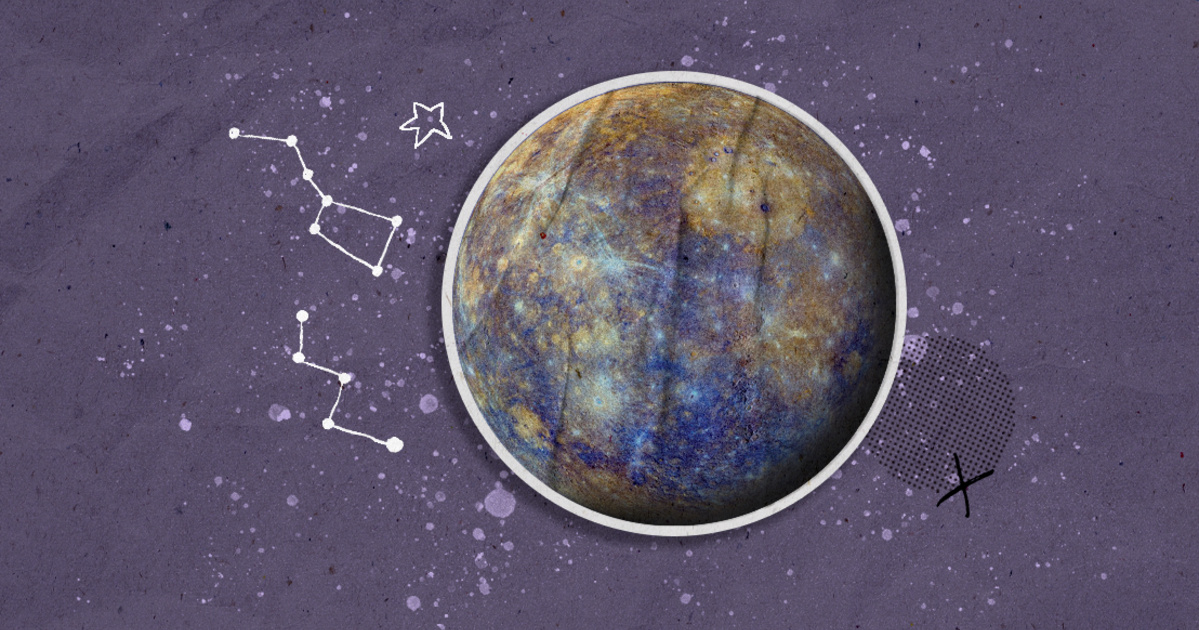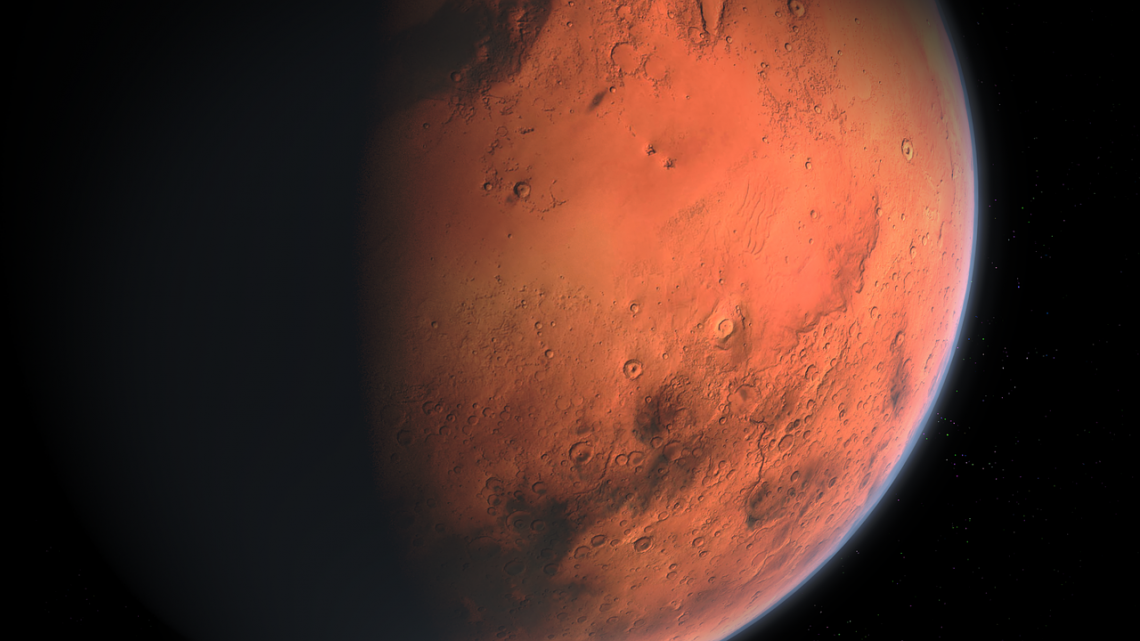SEIS, NASA’s InSight seismometer on the red planet, made a number of surprising discoveries during its first year on the surface of Mars. The device detected more than 500 tremors during this time. The year of Mars is 687 Earth days.
At this year’s American Seismological Association (SSA) annual meeting, Savas Celan of Zurich University of Technology presented a report on the work of InSight’s ground team, the Marsquake Service, in detecting earthquakes and compiling an earthquake catalog for the planet.
Ceylan explained that earthquakes differ from earthquakes in many ways. First, much smaller than earthquakes, the largest event recorded was a magnitude of 3.6. SEIS is also able to detect these small tremors, as the seismic noise in the background on Mars is much less in the absence of continuous tremors caused by ocean ripples, writes the science educational news site PhysOrg.com.
For most of the Martian year, from sunset to the early hours of the morning, the planet’s atmosphere becomes very calm, so there is no local noise. In addition, the sensors are operating optimally. Gilan noted that they also do their job in extreme Martian conditions, such as extremely freezing temperatures and withstanding extreme daily fluctuations.
Earthquakes occur in two different types: low-frequency earthquakes propagating at varying depths in the planet’s mantle, and high-frequency earthquakes propagating across the Earth’s crust.
The vast majority of the tremors were of high frequency and occurred hundreds of kilometers from Mars.
According to the expert, the pace of events will change during the Martian year, and this pattern will not be known from Earth. Ceylan said one of the project’s scientific teams’ biggest tasks was to adapt to unexpected signals from data collected on the planet.
Despite efforts to protect the common environmental information system from non-seismic noise, data collection remains hampered by weather and Mars noise.
“From the ground up, we had to understand the sounds of Mars, and discover how our seismographs work.
The expert explained how the Martian atmosphere affects the seismic recordings, and we had to find alternative ways to interpret the data correctly.
The InSight Earthquake Catalog is also made publicly available by participating institutes every three months, with a delay of three months.
Open image: Pixabay.com










































